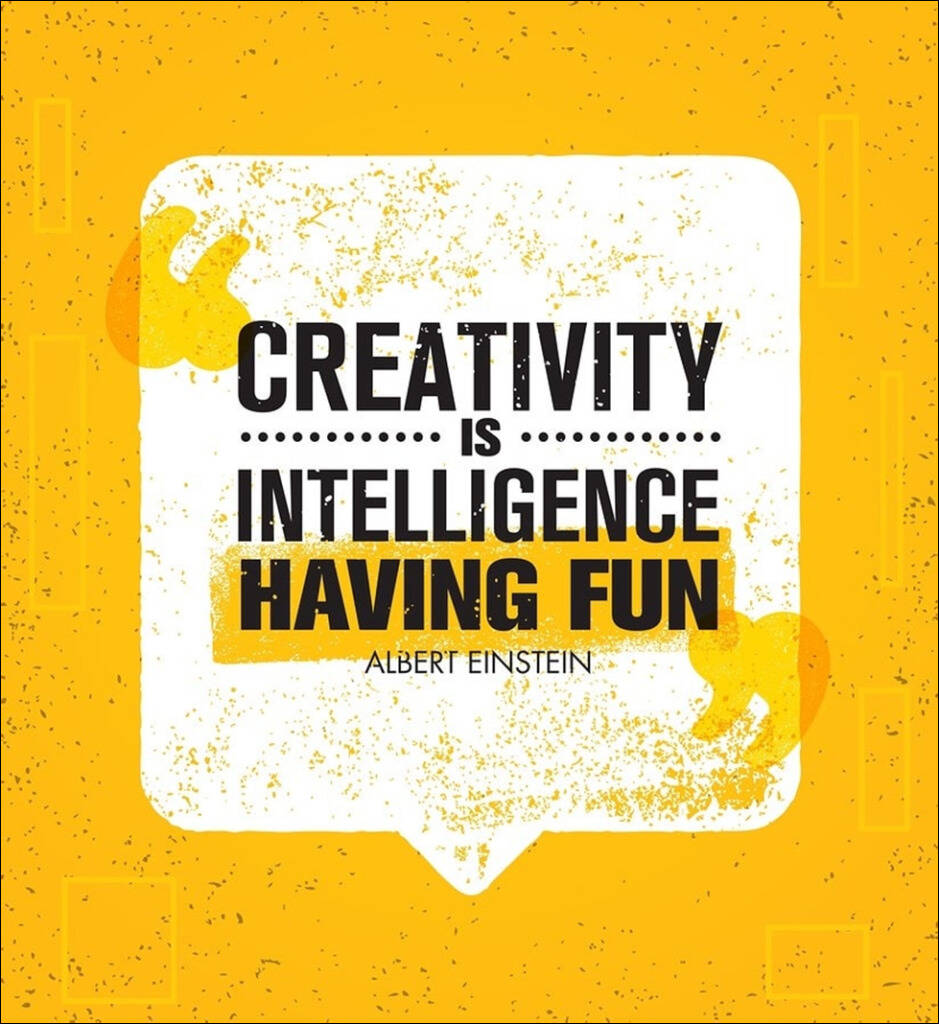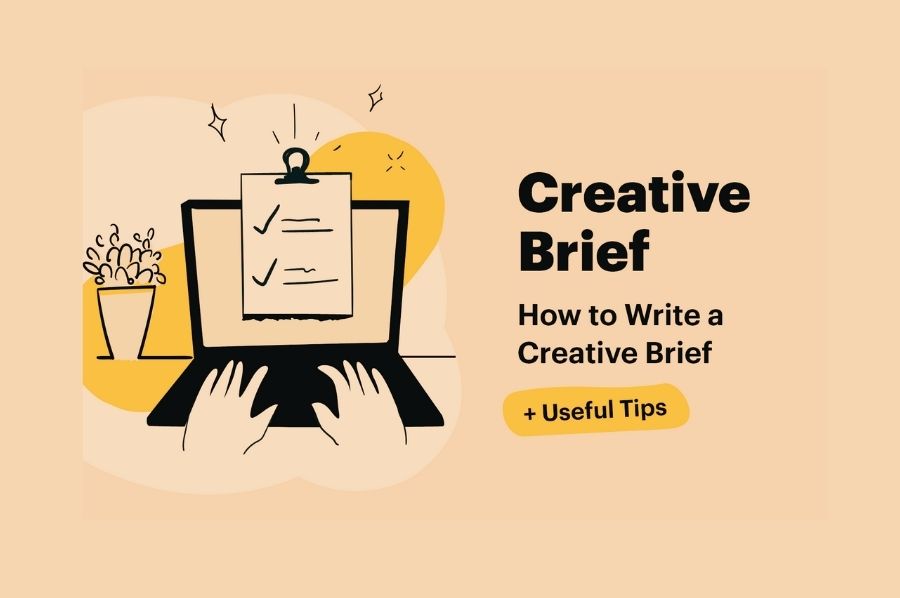Perfectly write Creative Brief, In this tutorial blog we are going to present:
How To perfectly write creative brief.
A creative brief is a short document that summarizes the mission, goals, obstacles, demographics, messaging, and other critical information of a marketing, or design project. A consultant or a creative project manager is usually responsible for creating it. The aim of a brief is to get all of the stakeholders on board with a project before it starts.
Start by speaking with the project stakeholders, whether you’re a consultant selling a creative brief to a client or a project manager delivering a brief to your team. These discussions will support you in comprehending the company’s mission, project objectives, and obstacles that your team faces. Then you’ll have enough knowledge to craft a captivating brief that focuses on your company’s or clients most essential issues.
Although the concept of a creative brief seems simple, it can be difficult to summarize a lot of crucial information into a few pages. As a result, a creative brief is usually divided into eight segments, each of which can fit on one to two pages.
Almost in every creative brief advertising, marketing or designing teams, they use creative briefs as a standard document. However, the format of every company’s creative brief may differ slightly based on the project or client. The following is a basic structure that will serve as the basis for your creative brief. It comprises the most essential steps in the creative process as well as information that will be beneficial to project stakeholders.
What Is the Purpose of a Creative Brief?
There are multiple reasons to develop a creative brief.
The most significant reason is also the simplest method: its regular agency procedure.
Before they sign off on a project, your clients will require a creative brief. And before they can begin working, your creative staff will be expecting it.
You can’t start a campaign without it, for better or even worse.
There are, however, other reasons to create a creative brief:
- Make sure all creative messages are consistent with the brand.
- Provide the creative team with a deep understanding of the brand, business, and product.
- Inspire your team and provide them a place to start brainstorming ideas.
- Provide third-party contributors with a short overview of the brand and its history.
- Ensure that clients and creatives are on the same page to reduce client-creative friction.
- Align your creative media approach with the client’s budget and objectives.
Perfectly write Creative Brief by following the below guide:
1. The Project
Begin by creative writing a general outline of the project in your creative brief. Establish the client’s identification, discuss the product, and describe the campaign’s goal.
Selecting a project name is the first step in creating a creative brief. It might seem basic, yet it’s one of the most important aspects of a creative brief. If you’re establishing a campaign to promote a brand-new product or service, the campaign name will be the first time many of your employees hear about it. The game of telephone is avoided by referring to the campaign (and thus the product or service) by its correct title. People will make up their own vocabulary if there isn’t a definite and obvious campaign name, which can modify the campaign’s aim.
2. The project’s goal should be highlighted.
The creative brief becomes much more specific at this point. The project aim should briefly clarify the project’s purpose, timeline, and intended audience. This can be done in a couple of sentences, but you could be more creative and style it in portions. This section of the creative brief will help to emphasize why the project is essential. The goal aspects will assist you and your team in aligning expectations for the project. If the organization or client hasn’t identified any big obstacles, you can concentrate on aims and objectives in this part. Describe the characteristics of a successful project and how it will benefit the firm. The target audiences for both of these items receive different messages.

3. You have to determine who you want to reach out to?
It’s very critical to determine who your message is intended for in order to ensure that it is heard.
- Who is your customer, exactly?
- Who are you attempting to contact?
- What is their age range? (Age, gender, marital status, and annual income) all factors to consider.
After that, explore a little more into their passions, lifestyle habits, and goals. This will assist you in developing a marketing strategy for your product.
For the sake of a famous creative brief example, solve a major problem of your clients, Like PayPal is a product that assists its clients in resolving a problem (paying for a product online).
A MacBook, on the other hand, can tap into other behavioral areas such as desires and social position.
4. Give a brief description of the competition.
It’s crucial to focus on your competition after you’ve determined your target audience.
In a creative brief, giving an outline of your competition allows you to concentrate on market conditions and how they are branding their messages to clients. You’ll be able to see what your competitors are up to and how you may promote and advertise your product more effectively.
Begin by addressing topics such as:
- What are their major items, and do you sell any of them?
- Who are your primary competitors?
- What is their marketing message and how does it differ from yours?
- Who are the customers of your competitors?
- What is their marketing strategy and how do they promote it?
5. Prepare your key message
Because almost every stakeholder will have a different perspective on what it should be, the key message might be the most challenging aspect of the creative brief to establish. Try this simple trick to achieve buy-in faster. “We’re launching this initiative, so what?” you could think. Your main message is “so what?”
The pain point, what the audience’s experience may be like if the pain point didn’t exist, and the benefit they’ll gain as a consequence of your company’s solution are all included in the core message. The consumer is the focus of the campaign in this framework.
6. Choose the most important consumer benefit
If you’re launching a new product, the target customer is likely to encounter a number of features and benefits if they decide to buy it. Structure a campaign around numerous different features, on the other hand, is extremely challenging. That’s why, in the creative brief, marketers and creatives employ something called a key consumer benefit (KCB) to keep everyone on the same page about the major benefit being communicated. You’ll want to obtain advice from project stakeholders and rely on consumer data to help you identify the proper KCB.

7. Choose a mindset
The tone and voice of your campaign define the overall attitude and that should be maintained throughout every creative aspect that’s being generated.
Copywriters can develop content that communicates the correct message in the right circumstances by identifying a few adjectives that represent the campaign’s attitude.
Graphic designers can utilize colors and techniques to represent the tone and voice as well.
You should also indicate the right tone for your audience in this area of the brief. While some audiences, such as those in business, prefer more formal language, others may respond better to a more casual, relatable tone.
8. Choose the most effective call to action
Finally, after your audience has seen your advertising, they will need something to do. CTAs are beneficial in that they do not have to be physical activities. A CTA could have the purpose of changing the audience’s views and opinions about your brand without requiring them to do anything.
If you have a major and secondary target audience, your creative brief may include numerous different CTAs. However, having a single core CTA that drives the project aim we discussed before is a smart idea.
9. Media Planning
Describe briefly how you want to convey the message. It include the following information:
- The promotional channel(s) you’ll employ.
- Why will this channel assist you in reaching your target audience?
- How can you make the idea more viral by leveraging the channel’s format and audience expectations?
10. Deliver the creative brief to all relevant parties
Share your creative brief with the team you’ll be working with once you’ve completed it. You should also share it with the rest of the company via Slack, email, or presentations. Encourage your clients to disclose the brief internally if you’re a consultant working outside of their organization.
As you or your clients raise awareness, be willing to answer questions and get input from coworkers if they have any outstanding suggestions. This method will boost team alignment, project support, and guarantee that everyone in your team is on the same page.
Conclusion:
It takes time, teamwork, and effort to create a creative brief.
The time spent developing a creative brief, on the other hand, far outweighs the disadvantages of not having one at all. When delivering a project, a clear, short creative brief can helps keep your team on the same page while keeping it grounded in primary ideas and goals.
Your team is essentially flying blind without a creative brief. Spend the time to write a brief that will serve as a model for not only today’s tasks, but also any future campaigns your team will work on.
Finally, we talked about everything about creative writing and how this article can help writing your own creative brief.
We also provide Digital marketing services for your website, please check them out.
Frequently Asked Questions about Perfectly write Creative Brief
Q1-What are the five elements that make up a design brief?
The following are the aspects of a good design brief:
- The new design’s objectives and ambitions.
- The budget and timetable.
- The intended audience.
- The project’s scope.
- Materials that are available and those that are required.
- The overall look and feel.
- Any unmistakable “do nots”
Q2-What is the ideal length of a design brief?
A design brief is a one- or two-page document that defines the approach for a creative project. It explains the project’s objectives and lays up a strategy for achieving them.
Q3-What is a creative brief tone?
The ‘personality’ of your brand or organization as represented through the written word is known as written tone of voice. In whatever location and media, tone of voice determines what you say in writing and how you say it – the substance and style of textual interactions.
Q4-What is the definition of a design brief template?
It includes a project overview and scope, design objectives and goals, information on the target audience, budget, timeframe and important milestones, examples of previous design work, and finally, advice on what to avoid. The Graphic Designers collection includes this template.
Q5- What is the best way to write an architectural design brief?
Start by “brainstorming” and making a list of all your thoughts and ideas for the new house. Then start refining and condensing your list and organizing your ideas into categories or subheadings. Begin by introducing yourself, including your family, pets, lifestyle, and occupations.
Q6-What is purpose of creative brief?
A creative brief is a document that outlines a creative project’s plan. A creative brief also includes information such as the project’s purpose, goals, requirements, messaging, demographics, and other important facts.
So in this blog we taught you How to Perfectly write Creative Brief.
Have some time? Check our LinkedIn to know more.



